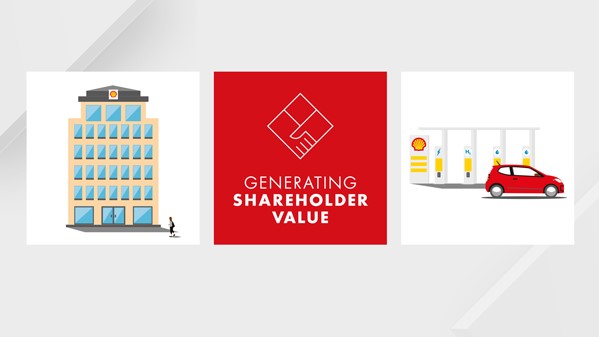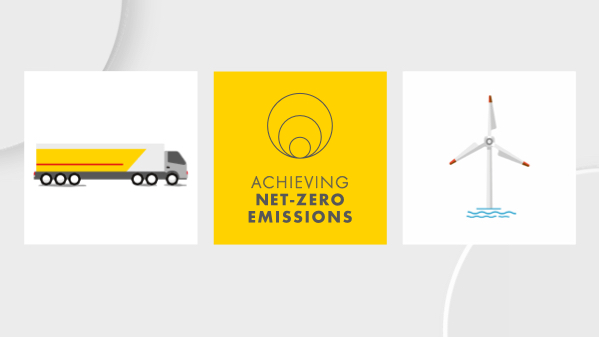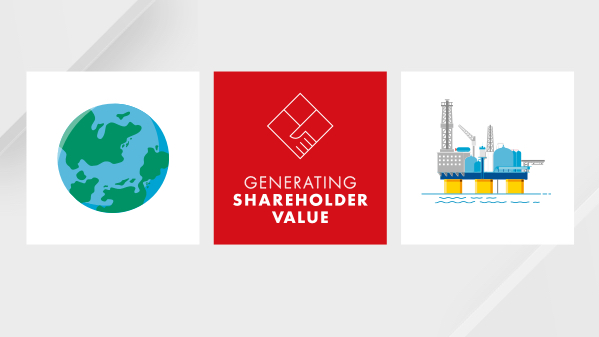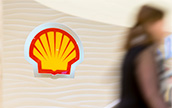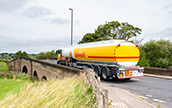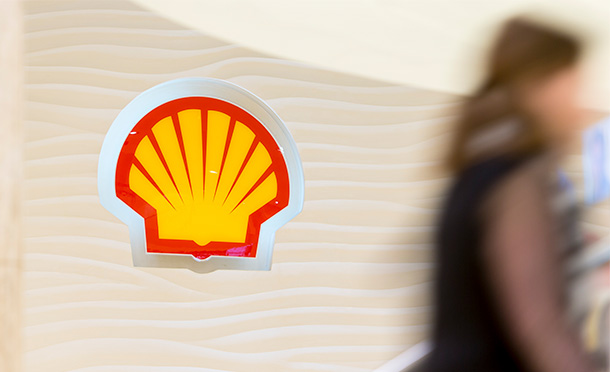Oil Products
|
|
$ million, except where indicated |
|||||
|---|---|---|---|---|---|---|---|
|
2021 |
2020 |
2019 |
||||
Segment earnings/(loss) [A] |
2,664 |
(494) |
6,139 |
||||
Including: |
|
|
|
||||
Revenue (including inter-segment sales) |
194,734 |
134,930 |
288,279 |
||||
Share of profit of joint ventures and associates |
765 |
988 |
1,179 |
||||
Interest and other income |
328 |
(93) |
273 |
||||
Operating expenses [B] |
14,376 |
13,511 |
15,730 |
||||
Underlying operating expenses [B] |
14,272 |
12,970 |
15,590 |
||||
Depreciation, depletion and amortisation |
5,657 |
10,473 |
4,461 |
||||
Taxation charge/(credit) |
751 |
(898) |
1,319 |
||||
Identified Items [B] |
(1,280) |
(6,489) |
(93) |
||||
Adjusted Earnings [B] |
3,944 |
5,995 |
6,231 |
||||
Adjusted EBITDA (CCS basis) [B] |
8,821 |
10,421 |
11,779 |
||||
Capital expenditure |
3,705 |
3,236 |
4,654 |
||||
Cash capital expenditure [B] |
3,868 |
3,328 |
4,907 |
||||
Refinery utilisation (%) |
72 |
72 |
78 |
||||
Refinery processing intake (thousand b/d) |
1,639 |
2,063 |
2,564 |
||||
Oil Products sales volumes (thousand b/d) |
4,459 |
4,710 |
6,561 |
||||
|
|||||||
Overview
Our Oil Products business is part of an integrated value chain that refines crude oil and other feedstocks into products that are moved and marketed around the world for domestic, industrial and transport use. The products we sell include low-carbon fuels, lubricants, bitumen, sulphur, gasoline, diesel, heating oil, aviation fuel and marine fuel. We provide access to electric vehicle charge points at home, at work and on-the-go, including at our fuel and convenience retail site forecourts and at a range of public locations. We also trade crude oil, oil products and petrochemicals.
Our Oil Products activities comprise Marketing and Refining & Trading. These are sub-segments of Oil Products that are made up of various classes of business. Marketing includes Retail, Lubricants, Business-to-Business (B2B), Low-Carbon Fuels (biofuels and renewable natural gas (RNG)), our interests in the Raizen JV, and Pipelines. In Trading and Supply, we trade crude oil, low-carbon fuels, oil products and petrochemicals to optimise feedstocks for Refining, to supply our Marketing businesses and third parties, and for our own profit. The Oil Products business also manage Oil Sands activities – the extraction of bitumen from mined oil sands and its conversion into synthetic crude oil.
Business conditions
Global oil product demand rose by 5.6 million barrels per day (b/d) in 2021 to 97.4 million b/d, after a sharp drop of around 8.5 million b/d in 2020, according to the IEA. The rebound was supported by successful vaccine roll-outs, especially in developed economies such as the USA, UK and EU. Road mobility has largely returned to pre-pandemic levels, with COVID-19 travel restrictions being lifted and more people switching from public transport to cars. Air travel has begun to recover, but is still around 20-30% below pre-pandemic levels. This is probably attributable to remaining cross-border travel restrictions and public hesitancy about air travel during a global pandemic. Mirroring the broad economic recovery, demand for naphtha, LPG and ethane also picked up.
Gross refining margins improved during 2021, especially during the second and third quarters. This is because demand for oil products recovered significantly as economies rebounded and transport use increased with the easing of COVID-19 travel restrictions. Demand for kerosene for aviation remained below pre-pandemic levels because varying levels of international travel restrictions remained in place in 2021. Despite the Omicron variant of COVID-19, demand recovery continued during the fourth quarter.
Industry utilisation showed some recovery, but in 2021 there were further announcements that refineries would fully or partially close on a permanent basis. Construction of new capacity continued during the year, especially in the Middle East and Asia.
See “Market overview”.
Refinery utilisation
Utilisation is defined as the actual usage of the plants as a percentage of the rated capacity.
Utilisation remained at 72%, unchanged from 2020.
Oil products sales
Oil Products sales volumes decreased by 5% in 2021 compared with 2020. The decrease was largely driven by lower Trading volumes, partly offset by higher Marketing volumes.

